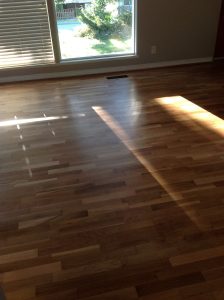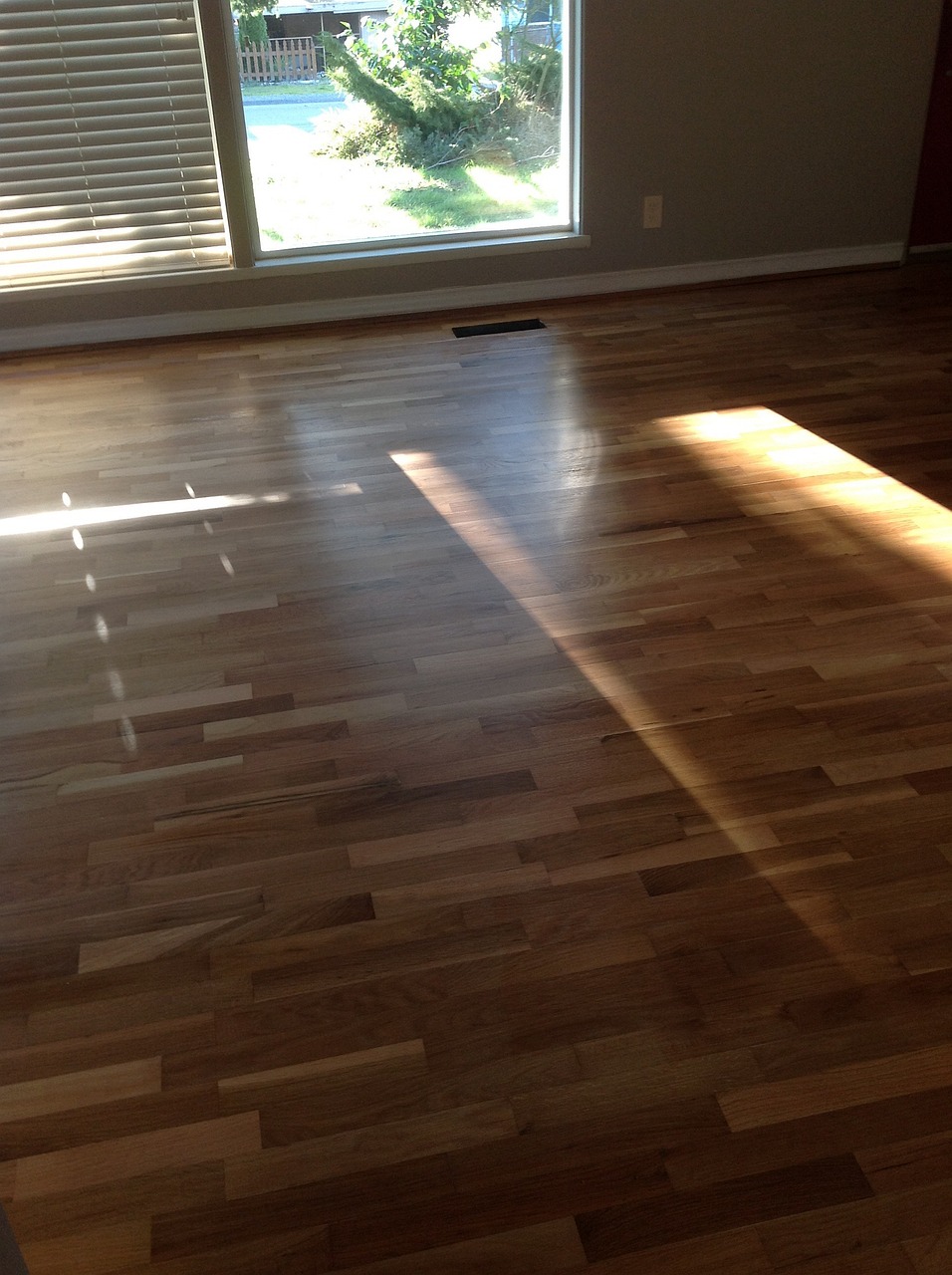
Hardwood flooring, a cornerstone of interior design, is far more complex than a simple surface. It’s a carefully crafted product, imbued with natural variations and engineered to withstand the rigors of daily life.
This article takes a detailed look at the intricacies of hardwood flooring, exploring its construction, characteristics, and the nuances that make it a truly exceptional choice.
I. The Anatomy of Hardwood: Understanding Construction and Composition
- Solid Hardwood: The Pure Essence:
- Crafted from a single, solid piece of timber, solid hardwood showcases the wood’s natural beauty and integrity.
- Planks are typically milled with tongue-and-groove edges for secure installation.
- Its thickness allows for multiple sanding and refinishing cycles, extending its lifespan.
- However, its susceptibility to moisture fluctuations limits its applications.
- Engineered Hardwood: The Layered Marvel:
- Comprises multiple layers of wood veneers bonded together, with a top layer (wear layer) of real hardwood.
- The cross-layered construction provides enhanced dimensional stability, minimizing warping and movement.
- The wear layer’s thickness determines the number of refinishing cycles possible.
- Offers versatility in installation, including floating, gluing, and nailing.
- The Subfloor’s Crucial Role:
- The subfloor, typically plywood or concrete, provides a stable base for hardwood installation.
- Proper subfloor preparation is essential for a level, even floor.
- Moisture barriers and underlayments are often used to protect the hardwood and enhance comfort.
II. The Natural Palette: Exploring Wood Species and Characteristics
- Grain Patterns: Nature’s Artistry:
- Grain patterns, the arrangement of wood fibers, vary significantly between species.
- From the prominent grain of oak to the subtle elegance of maple, grain patterns add character and depth.
- Understanding grain patterns is essential for achieving the desired aesthetic.
- Color Variations: A Spectrum of Hues:
- Hardwood species exhibit natural color variations, ranging from light to dark, warm to cool.
- These variations add richness and complexity to the flooring.
- Photosensitivity, the change in color over time due to light exposure, is another important factor.
- The Janka Hardness Scale: Measuring Durability:
- This scale quantifies a wood’s resistance to denting and wear, providing a valuable tool for assessing durability.
- Higher Janka ratings indicate harder, more resilient woods, suitable for high-traffic areas.
- Wood Stability:
- How much a specific wood reacts to moisture and humidity changes. Some woods are very stable, others are not.
III. The Finishing Touches: Grades and Finishes in Detail
- Lumber Grades: A Quality Spectrum:
- Hardwood lumber is graded based on the number and size of defects, such as knots and color variations.
- Higher grades, like FAS (Firsts and Seconds), offer a more uniform and aesthetically pleasing appearance.
- Lower grades may exhibit more character and natural variations.
- Finishes: Protection and Aesthetics:
- Finishes protect the wood from wear, moisture, and UV damage.
- Common finishes include:
- Polyurethane: A durable, synthetic finish available in various sheen levels.
- Oil Finishes: Penetrate the wood, enhancing its natural beauty and providing a matte finish.
- Wax Finishes: Offer a natural look but require regular maintenance.
- Aluminum Oxide: A very durable factory applied finish.
- Sheen levels (matte, satin, semi-gloss, gloss) influence the floor’s overall appearance.
IV. Installation and Maintenance: The Fine Print
- Installation Methods: Precision and Expertise:
- Nailing, stapling, gluing, and floating are common installation methods.
- Professional installation is crucial for ensuring proper acclimation, laying, and finishing.
- The correct installation method is very important for the longevity of the floor.
- Acclimation: A Crucial Process:
- Acclimation involves allowing the hardwood to adjust to the room’s temperature and humidity before installation.
- This process minimizes the risk of dimensional changes and ensures a stable floor.
- Maintenance: Preserving Beauty and Longevity:
- Regular cleaning with appropriate products is essential for preventing scratches and damage.
- Humidity control is vital for minimizing expansion and contraction.
- Refinishing may be necessary over time, depending on the wear layer’s thickness.
V. Beyond the Surface: Considerations and Best Practices
- Environmental Factors:
- Assess the room’s moisture levels, sunlight exposure, and traffic patterns.
- Choose a hardwood species and finish that is suitable for the environment.
- Budgetary Planning:
- Hardwood flooring is a significant investment.
- Factor in material, installation, and maintenance costs.
- Sustainability:
- Consider sustainable sourcing options and certifications like FSC.
- Choose finishes with low VOC emissions.
Conclusion:
Hardwood flooring is a complex and nuanced material, offering a blend of natural beauty, durability, and lasting value.
By understanding its intricate details, from construction and species to finishes and maintenance, homeowners can make informed decisions and create a truly exceptional floor that enhances their home’s aesthetic and functionality.
